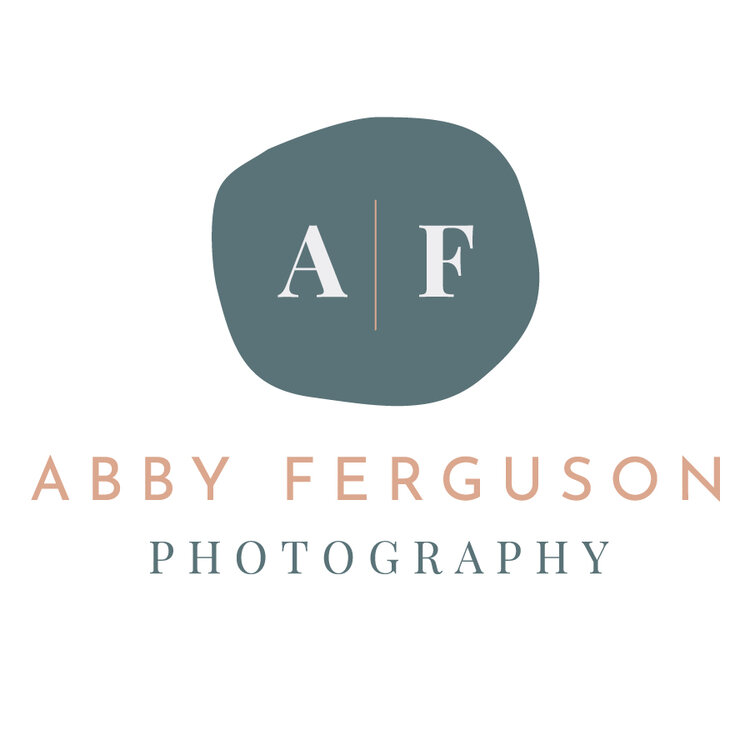Welcome back, all! Last week's post was all about the gathering of materials, so be sure to check that out here if you haven't yet. Today I am going to share images from the indoor portion of my afternoon spent with Kelli at Rebel’s Roost!
The Honey Room, as Kelli has dubbed it, is an absolutely beautiful space. It has loads of windows for lots of natural light and felt so spacious and airy. I loved all the little details around the room and we were lucky with some stunning light right at the perfect moments.
Kelli had prepped a lot of stuff beforehand, kind of like a cooking show, so we were able to dive right into the nitty-gritty of making the goat milk soap and creamed honey. We jumped back and forth between the two processes because of the specific timing requirements of soap making, but for the sake of clarity in this post, I am going to group each process together in its entirety.
The first step we tackled was simple: throw the honeycomb in the honey press to squeeze out all that golden goodness. It was beautiful watching it ooze out of the press and into the filters!
One of my favorite products from Kelli is her creamed honey. Although I had enjoyed numerous jars of it before, I didn't really know what creamed honey was all about until that afternoon with her. She talked me through the process and why it's done, which is essentially just to produce smaller crystals in the honey, resulting in a smoother product. She had already gone through the steps to make the creamed honey (see, this was just like a cooking show), but saved the flavor mixing for my visit.
Kelli makes a variety of flavors (my favorite is the ginger), but that afternoon she mixed up cocoa and hibiscus. The cocoa came from just down the road, at one of my favorite spots in Hilo, Lavaloha Chocolate farm; it is as local of a product as you could get! The flavoring process is as simple as mixing in the powders. My mouth may have been watering the whole time. The cocoa honey looked like brownie batter with caramel while it was being mixed; how can you not love that?!
Soap making is quite a bit more involved than the creamed honey, so there are many more images for this part of the day. Since lye is involved, you have to be very careful with how you are handling your materials and tools (hence why she looks like a mad scientist). Also, lye raises the temperature significantly when added to the goat milk and can easily scorch it, so the milk was stored in the freezer beforehand. You can see that there is also an ice pack under the bowl to help keep that temperature down as well.
Once the lye and milk were mixed, Kelli added in various oils, such as coconut oil, for smoothness and skin conditioning properties. Then came the scents and colors. For this soap, Kelli used mamaki that had been dried in their solar powered dehydrator and ground into a powder, along with mint and coconut essential oils. The mamaki was used for coloring as well and gave the soap a beautiful green color.
Kelli set aside some of the plain white mixture before adding in the mamaki so that she could add her signature stripe. Then she simply layered the mixture into a mold and added a swirl on top for some texture.
The soap then lives in the freezer for 24 hours and sits a little longer before being cut into chunks, partially to ensure that the lye is safe to touch and to make sure it is fully set. Since the soap we made wouldn’t be cut up for at least a day, she had some already made soap ready to cut so I that could see the full process!
Huge thank you, once again, to Kelli! It was an absolutely incredible afternoon! If you are interested in purchasing any of her goods you can check out her website. You can also give her a follow on Instagram and Facebook to keep up with her farm life; the goats alone are worth the follow!
Also, I’ve been working hard on some exciting website updates to get ready for the holiday season! Be sure to sign up for my newsletter via the link below so that you get those updates!

